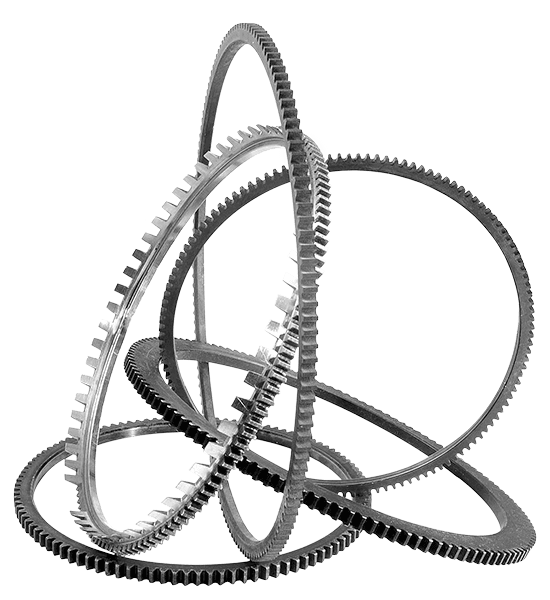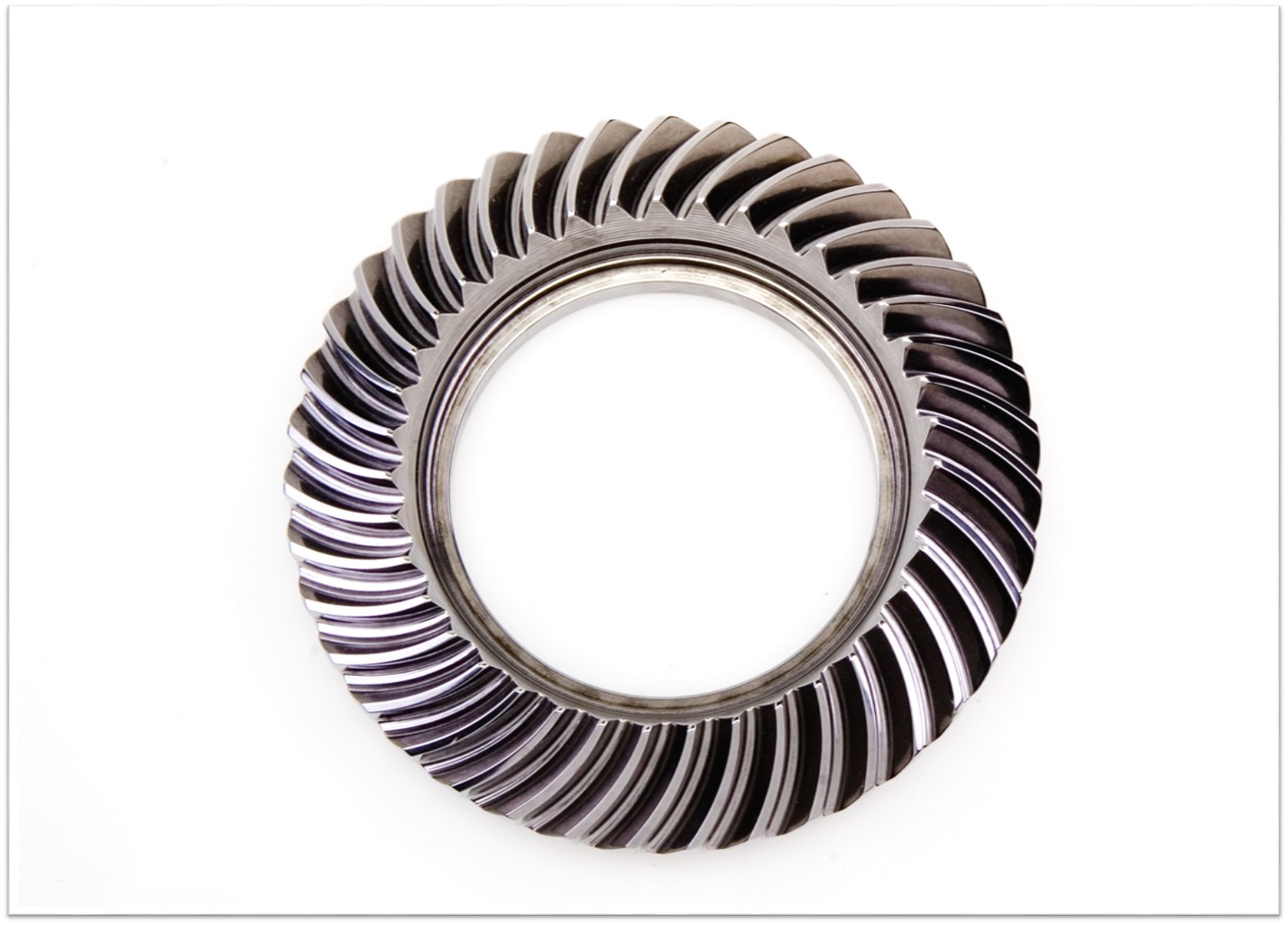Product Description
Manufacturer Custom Cast Steel 42CrMo Gear Segment for Gear Ring
Product Description
|
General Products Application/Service Area |
Metal Parts Solution for Vehicle, Agriculture machine, Mining machine, Construction Machine, transportation equipment, Valve and Pump system. E.g. Engine bracket, truck chassis bracket, gear box , gear housing , gear cover, shaft, spline shaft , pulley, flange, connection pipe, pipe, hydraulic valve , valve housing ,Fitting , flange, wheel, flywheel, oil pump housing, starter housing, coolant pump housing, transmission shaft , transmission gear, sprocket, chains etc. |
| Applicable Material | Gray Iron, Ductile Iron, carbon steel, stainless steel, alloy steel and customized material |
| Blanks Casting Tolerance | CT9-10 for Machine Molding Process, CT8-9 for Shell Molding and Lost Foam Molding Casting Process CT10-11 for Manual Molding Sand casting Process |
| Casting Blank Size /Dimensions | 200 mm-1500mm, as per customer requirement |
| Casting Blank Weight | Range from 5kg-8000kg |
| Applicable Machining Process | CNC Machining/ Lathing/ Milling/ Turning/ Boring/ Drilling/ Tapping/ Broaching/ Reaming /Grinding/Honing and etc. |
| Machining Tolerance | From 0.005mm-0.01mm-0.1mm |
| Machined Surface Quality | Ra 0.8-Ra3.2, according to customer requirement |
| Applicable Heat Treatment | Normalization , annealing, quenching and tempering, Case Hardening, Nitriding, Carbon Nitriding, Induction Quenching, induction harden… |
| Applicable Finish Surface Treatment | Shot/sand blast, polishing, Surface passivation, Primer Painting , Powder coating, ED- Coating, Chromate Plating, zinc-plate, Dacromat coating, Finish Painting etc. |
| Lead Time | about 40 days of Custom Made Heavy Sand Casting. |
Product Show
Factory
Inspection
Certifications
FAQ
Q: What do I need for offering a quote ?
A: Please offer us 2D or 3D drawings (with material, dimension, tolerance, surface treatment and other technical requirement etc.) ,quantity, application or samples. Then we will quote the best price within 24h.
Q: What is your MOQ?
A: MOQ depends on our client’s needs, besides,we welcome trial order before mass-production.
Q: What is the production cycle?
A: It varies a lot depending on product dimension,technical requirements and quantity. We always try to meet customers’ requirement by adjusting our workshop schedule.
Q: What kind of payment terms do you accept?
A.: T/T, L/C, Escrow, paypal, western union, moneygram etc.
Q: Is it possible to know how is myproduct going on without visiting your company?
A: We will offer a detailed products sched
| Type: | Clay Dry Sand |
|---|---|
| Casting Method: | Thermal Gravity Casting |
| Sand Core Type: | Resin Sand Core |
| Application: | Machinery Parts |
| Machining: | Machining Center |
| Material: | Steel |
| Customization: |
Available
| Customized Request |
|---|

What lubrication is required for ring gears?
Proper lubrication is essential for the optimal performance and longevity of ring gears. Here’s a detailed explanation of the lubrication requirements for ring gears:
- Type of Lubricant: The type of lubricant used for ring gears depends on various factors, including the application, operating conditions, and gear design. Common lubricants for ring gears include gear oils, grease, and synthetic lubricants. Gear oils are specifically formulated for gear systems and provide excellent lubrication and protection against wear. Grease is often used in applications where the gear system operates at lower speeds or requires higher viscosity lubrication. Synthetic lubricants offer enhanced performance, durability, and resistance to extreme temperatures and loads.
- Lubricant Properties: The lubricant chosen for ring gears should possess certain properties to ensure effective lubrication. These properties include high film strength, good thermal stability, resistance to oxidation, and anti-wear characteristics. The lubricant should also be compatible with the materials used in the ring gear system to prevent damage or degradation of the gear surfaces.
- Viscosity: Viscosity is an important consideration when selecting lubrication for ring gears. Viscosity refers to the thickness or resistance to flow of the lubricant. It is crucial to choose a lubricant with the appropriate viscosity to ensure proper lubrication film formation between the gear teeth. If the lubricant’s viscosity is too low, it may not provide sufficient lubrication, leading to increased wear. Conversely, if the viscosity is too high, it may cause excessive friction and energy loss. The recommended viscosity range is typically specified by the gear manufacturer or industry standards.
- Lubrication Method: The lubrication method for ring gears can vary depending on the specific application and gear system design. For enclosed gear systems, such as gearboxes or sealed housings, lubrication is typically performed by filling the housing with the recommended lubricant to the appropriate level. In open gear systems, such as large industrial gears, lubricant application methods may include spray systems, drip lubrication, or circulation systems. The lubrication method should ensure sufficient coverage and distribution of the lubricant to all gear surfaces.
- Lubrication Frequency: Regular lubrication maintenance is crucial to keep ring gears properly lubricated. The frequency of lubrication depends on the operating conditions, gear system design, and the lubricant used. It is important to follow the manufacturer’s recommendations or industry standards regarding lubrication intervals. Regular inspections should also be conducted to monitor the lubricant condition, check for contamination, and replenish or replace the lubricant as needed.
- Environmental Considerations: Environmental factors, such as temperature, moisture, and contamination, can affect the performance of the lubricant and the ring gears. It is important to consider these factors when selecting the lubricant. Extreme temperatures may require lubricants with enhanced thermal stability, while exposure to moisture or harsh contaminants may necessitate lubricants with better resistance to corrosion or water washout.
To ensure the proper lubrication of ring gears, it is advisable to consult the gear manufacturer’s recommendations and guidelines. They can provide specific information regarding the suitable lubricant type, viscosity range, lubrication method, and maintenance practices for the particular ring gear system.

What are the advantages and disadvantages of using ring gears?
Using ring gears in various applications offers several advantages and disadvantages. Here’s a detailed explanation of the advantages and disadvantages of using ring gears:
Advantages of Using Ring Gears:
- Efficient Power Transmission: Ring gears provide efficient power transmission by transmitting rotational energy and torque between components. They enable smooth and reliable transfer of power, resulting in efficient operation of the system.
- High Torque Capacity: Ring gears are designed to handle high torque loads. Their robust construction and large contact area between gear teeth allow for the transmission of substantial amounts of torque, making them suitable for applications that require high torque capacity.
- Compact Design: Ring gears have a compact design compared to other gear types, such as spur gears or helical gears. This compactness allows for space-saving installations, making ring gears suitable for applications with limited space or tight packaging requirements.
- Load Distribution: Ring gears distribute loads evenly across the gear system, preventing localized overloading and reducing the risk of premature component failure. They help ensure balanced operation and optimal load sharing among gears, resulting in improved system reliability.
- Versatility: Ring gears are versatile and can be used in a wide range of applications across various industries. They are found in automotive transmissions, industrial gearboxes, wind turbines, robotics, printing presses, and many other machinery and equipment types.
- Smooth and Quiet Operation: Well-designed ring gears with proper tooth profiles and tight tolerances can provide smooth and quiet operation. They minimize noise and vibrations, enhancing the overall user experience and reducing the need for additional noise reduction measures.
Disadvantages of Using Ring Gears:
- Complex Manufacturing: The manufacturing process for ring gears can be more complex compared to simpler gear types. The intricate geometry and tooth profiles of ring gears require precise machining and specialized manufacturing techniques, which may increase production costs.
- Higher Friction and Wear: Ring gears can generate higher levels of friction compared to other gear types. The sliding motion of the gear teeth during engagement can result in increased wear and heat generation. Proper lubrication and maintenance are necessary to minimize friction and ensure long-term durability.
- Backlash: Ring gears may exhibit a certain amount of backlash, which is the play or clearance between gear teeth when they change direction. Backlash can impact the accuracy and precision of the gear system, especially in applications that require high positioning or synchronization requirements. Minimizing backlash requires careful design and precise manufacturing.
- Complex Gear Meshing: Ring gears require proper gear meshing with other gears to ensure efficient power transmission. Achieving optimal gear meshing can be more challenging due to the curved profile of the ring gear. It requires careful design considerations and precise alignment to ensure smooth and reliable operation.
- Cost: Ring gears can be more expensive than simpler gear types due to their complex manufacturing process and specialized design requirements. The higher cost may be a consideration in applications with strict budget constraints or where alternative gear types can fulfill the required functionality.
It’s important to consider the specific requirements and constraints of the application when deciding whether to use ring gears. While they offer advantages such as efficient power transmission, high torque capacity, and compact design, they also have disadvantages related to manufacturing complexity, friction, backlash, and cost. Proper engineering analysis and evaluation can help determine the suitability of ring gears for a given application.

How do ring gears differ from other types of gears?
Ring gears, also known as annular gears or internal gears, possess distinct characteristics that set them apart from other types of gears. Here’s a detailed explanation of how ring gears differ from other gears:
- Tooth Configuration: The most significant difference between ring gears and other gears is their tooth configuration. In a ring gear, the teeth are located on the inside circumference of a circular ring, whereas in other gears such as spur gears, helical gears, and bevel gears, the teeth are present on the outer surface of the gear. This internal tooth arrangement makes ring gears unique and allows them to mesh with pinion gears or other external gears.
- Gear Assembly: The assembly of ring gears differs from other gears. In most cases, ring gears are used in combination with pinion gears or other external gears. The pinion gear meshes with the teeth on the inside of the ring gear. This gear set configuration enables the transmission of rotational motion and torque.
- Load Distribution: Ring gears distribute the load over a larger area compared to other types of gears. The load is spread across the internal teeth of the ring gear, resulting in improved load-carrying capacity and enhanced gear durability. This load distribution characteristic makes ring gears suitable for applications that involve high loads or continuous operation.
- Gear Ratio: Ring gears offer specific advantages in terms of gear ratios. They are commonly used in applications where high gear ratios are required. The gear ratio is determined by the number of teeth on the ring gear compared to the number of teeth on the mating gear (such as a pinion gear). The internal tooth configuration of the ring gear allows for larger gear diameters, enabling higher gear ratios to be achieved.
- Space Utilization: Ring gears provide a compact design compared to some other types of gears. The internal tooth arrangement allows for a more space-efficient gear assembly. This compactness is advantageous in applications where space is limited or where a high gear ratio needs to be achieved within a confined area.
- Applications: Ring gears are commonly used in automotive transmissions, differential systems, planetary gear systems, industrial machinery, robotics, power generation equipment, and heavy machinery. Their unique characteristics make them suitable for applications that require precise motion control, load distribution, and high gear ratios.
It’s important to note that the specific design, tooth profile, material selection, and manufacturing techniques may vary for different types of gears, including ring gears. Each type of gear is designed to meet specific application requirements, operating conditions, and performance needs.


editor by CX 2023-11-07